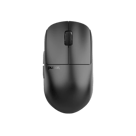Introduction
Pulsar has been producing mice for some time now, and a while ago they added a new shape to their lineup. The X2H is the answer to people who love an ambidextrous mouse with a palm-filling hump who perhaps thought that the original X2 was too flat. Among its features are optical switches, a new scroll wheel encoder, and a 3395 sensor capable of polling rates up to 4000Hz, so in theory this should be a fantastic gaming mouse. In our full Pulsar X2H review you’ll find out whether or not it lives up to expectations.
At A Glance
Pulsar X2H
When it comes to its overall performance this is up there with the best gaming mice on the market, but if you like the idea of the X2H I would recommend you to thoroughly check your copy for QC issues.
Pros
- Top gaming performance
- Interesting shape for claw grippers
- Good build quality
Cons
- Main buttons feel grindy and inconsistent
- Scroll wheel can feel inconsistent when clicking
- Coating feels like a step back from previous (limited edition) models
- QC issues with the side buttons
Specs
| Sensor | PMW 3395 |
|---|---|
| Polling Rate | 1000 Hz |
| Button Switches | Optical Switches |
| Button Force | 83.4g |
| Connection | Wireless |
| Shape | Ambidextrous |
| Length | 12cm |
| Height | 3.9cm |
| Weight | 54g |
| Width | 6.5cm |
Usage Over Time In The Pro Scene
First Impressions
Packaging
Inside the box of the Pulsar X2H, you get:
- Wireless receiver
- Mouse
- USB-C charging cable
- Extender dongle for wireless receiver
- User documentation/quickstart guide
- Pulsar sticker
- Mouse information card
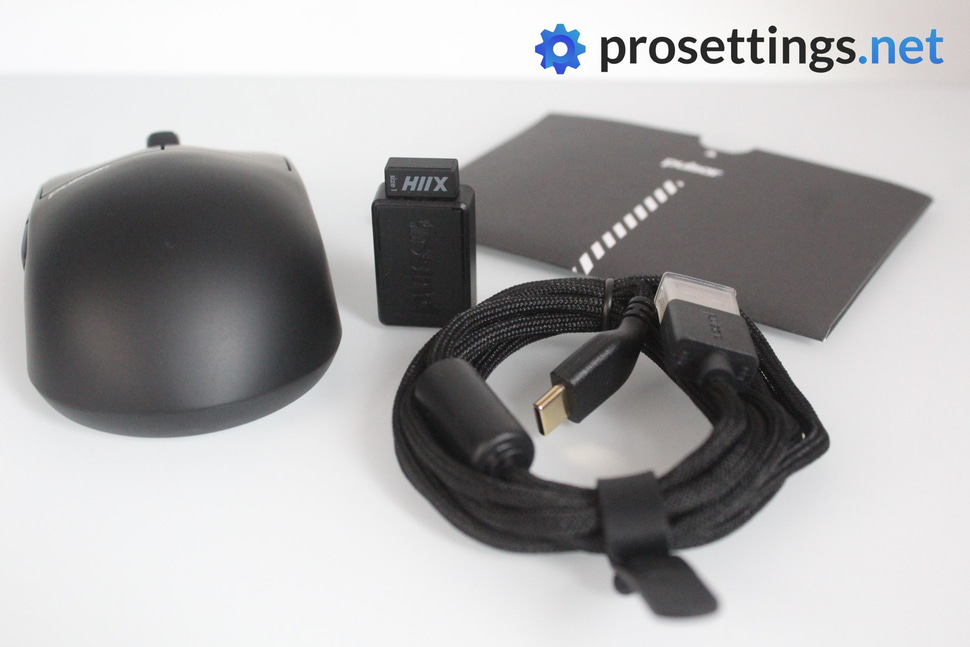
The Mouse
Having mained the regular X2 for a while, it’s immediately obvious what Pulsar is going for with the X2H. This is pretty much the X2 with a very aggressive hump slapped on towards the back.
When it comes to the overall looks there’s really not much to say. This is a plain black mouse with very minimal branding. There’s a barely noticeable Pulsar logo underneath the left main button, and that’s it. When you turn it around to reveal the bottom section with the cutouts it’s immediately obvious that this is not your regular office mouse, but when it’s just sitting on a desk this is one of the most subtle looking gaming mice I’ve ever used.
I like the all-black color, but there’s also a white version available, and knowing Pulsar there’s a high chance that there’ll also be special edition colorways in the future.
The Pulsar X2H is available in two sizes: a mini version and a regular one. Both have the exact same internals and features, the only difference is the size. I received both version for this review. I included a (rough) comparison image at the end of the review. There is also a comparison image of Pulsar’s ambidextrous mice at the bottom of the product page on their website.
Shape, Coating, and Mouse Feet
Shape
The Pulsar X2H has a very neutral ambidextrous shape with a decently thin grip width and a limited flare at the back. The buttons also get pretty close to the surface at the front. This makes it a good option for claw grippers who like that ‘pencil-style’ way of holding the mouse, where your fingers are all decently close together and near the surface.
On the packaging, Pulsar says ‘high hump,’ ‘narrow waist,’ and ‘claw grip’ and I think that suits the mouse perfectly. Do note that the hump is very present, though. It’s also located at the back, making it even more noticeable. This isn’t a hump you can ignore, and there’ll pretty much always be contact between your palm and the mouse unless you’re using a fingertip grip.
On the larger version there’s obviously more contact than on the smaller one, but the presence and location of this hump makes it a mouse that kind of ‘locks in’ to your hand even on the mini version. If you like that sort of feeling: great. If you’re someone who likes to use their fingers for fine aiming adjustments or you like a less locked-in mouse experience then you should probably look towards the regular X2 or other options.
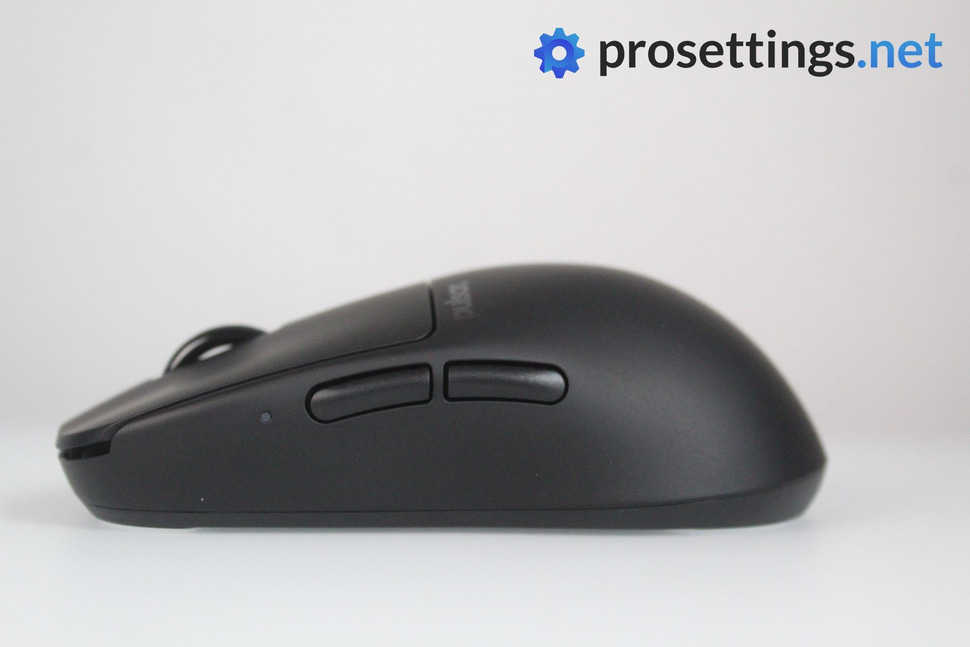
Coating
The coating performs okay with both dry and sweaty hands for me, but it’s not great at handling fingerprints and oils. These show up rather easily, which is something that I personally dislike. I also don’t love the chalky feeling that the coating has. For me, the coating on the X2 Bruce Lee Friends and Family version felt the best out of all the Pulsar coatings I’ve tried, so I would’ve loved to see them move forward with that material. I have no complaints about the performance though; I’m purely talking about the feeling here.
Mouse Feet
I’d say the stock skates of the Pulsar X2H are in the ‘medium’ category when it comes to their overall glide speed. That’s great for me since I don’t like extremely slick skates but if you are someone who does you might want to consider aftermarket gliders, especially if you use a glass pad. I tested the mouse on a variety of cloth pads and I had no issues with the glides on any of them, but on glass pads the skates felt and sounded somewhat scratchy. If you use a cloth pad I wouldn’t worry, unless you’re extremely sensitive to how skates feel.
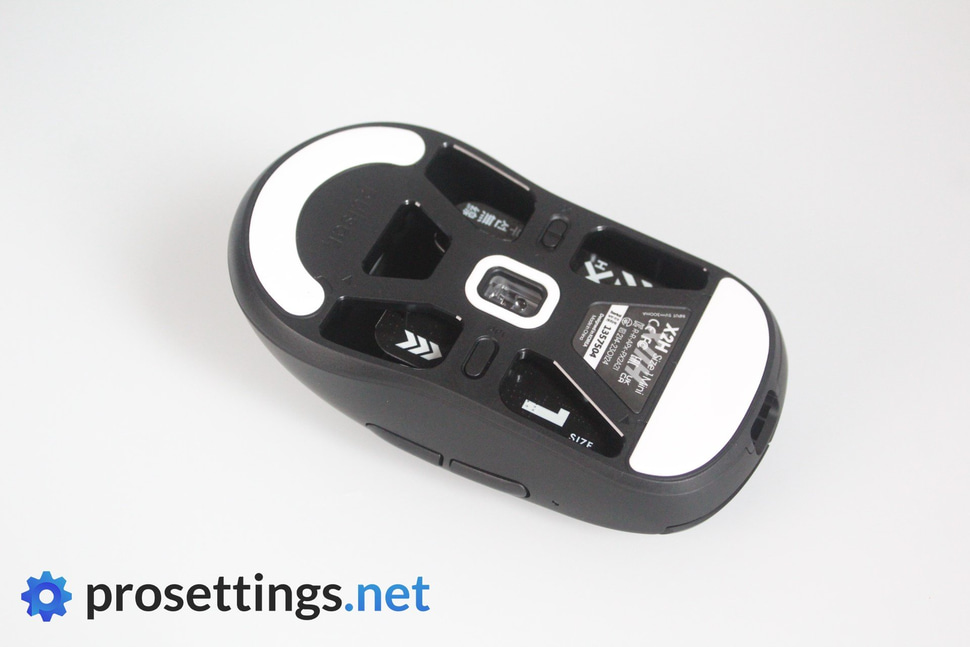
Recommended Grip Types
This is a great shape for people who employ a claw grip and want some good palm contact. It can also be used by people who have a palm-dominant grip and like to use thinner ambi mice. If you’re a fingertip gripper, I wouldn’t recommend this mouse due to the high hump at the back.
Buttons and Scroll Wheel
Main Buttons
Pulsar is now using optical switches in their mice. These have a number of advantages over mechanical switches (see our Optical Mouse Switches vs Mechanical Mouse Switches article) but optical switch implementations can be hit or miss. Sadly, it’s a bit of a miss with the X2H if you ask me.
Both main clicks seem to actuate in two ‘stages’, where there’s a first contact point and after that there’s a second contact where the switch actuates. This first contact point isn’t noticeable when you’re clicking heavily, but it can be noticed when you’re resting your fingers on the buttons or when you’re clicking lightly. This results in main buttons that feel somewhat grindy and inconsistent. This issue was present on both version (Mini and regular) I received. It’s less noticeable on the Mini, and I wouldn’t call it a big problem there, but on the regular size it definitely is.
On the regular version, if you lightly press the button you definitely notice a contact that feels like a switch click, but it isn’t. The actual click that comes after that feels decent for an optical switch, but this inconsistent feeling is something that I can’t really ignore, so more work (or better QC) is needed with these switches or their implementation.
There are no issues with side travel on the main buttons. Both copies are absolutely fine in that regard.
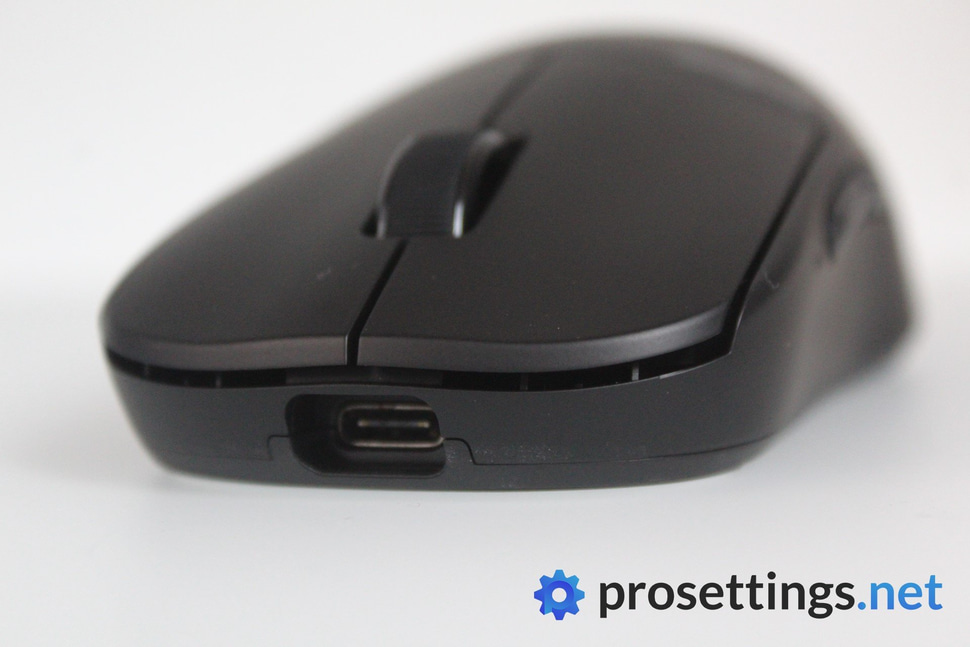
Side Buttons
Mouse 4 feels and acts like a very decent side button. There’s very little pre travel and the post travel is tolerable. On the Mini, mouse 5 feels the same. Overall, the set of side buttons on the Mini is satisfying and consistent to use.
It’s a different story with mouse 5 on the regular version. This has a similarly low amount of pre travel but there’s quite some post travel, and if you press the button after its actuation point it suddenly feels rather grindy. This is noticeable when playing and gets quite annoying.
Scroll Wheel
When scrolling, the wheel of the Pulsar X2H feels perfectly fine. It’s a mildly textured rubber wheel that doesn’t skip any steps and has a satisfying ‘in between’ feeling when it comes to its definition between steps. It’s neither too hard nor is it too soft, so for me this is a good one.
The wheel press could use a little more definition, however. This is arguably more of a ‘user error’ thing but the wheel press isn’t very defined and tactile so I had some rare issues with accidental scrolling when I tried to press the wheel.
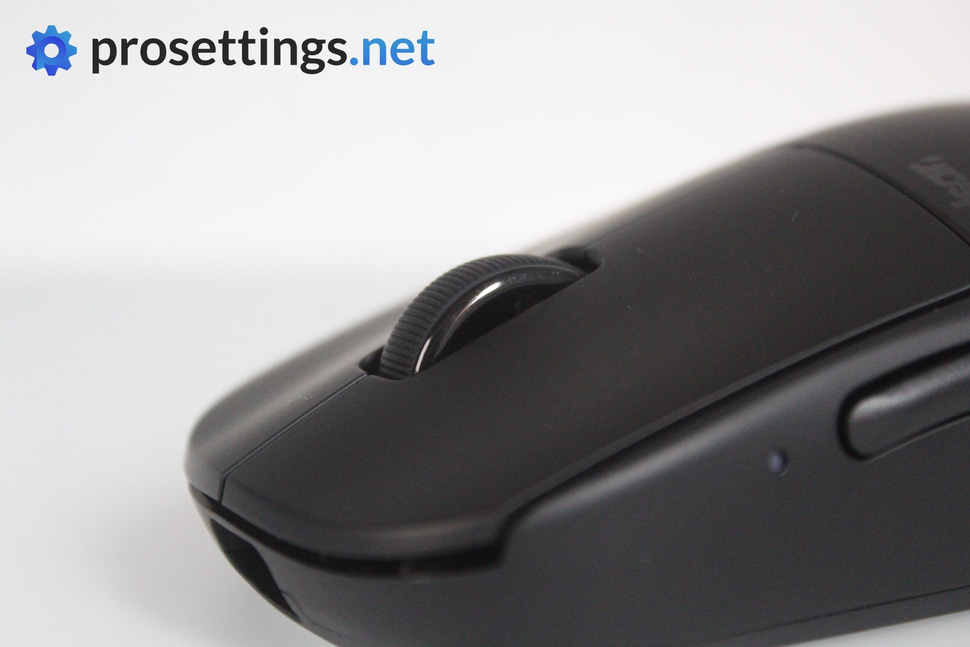
Build Quality
Despite being a very light mouse, the Pulsar X2H feels very well built. The shell doesn’t flex when I apply pressure to it, and I can’t hear anything moving or rattling on the inside of the mouse when I tap or shake it. As far as I can tell and evaluate during the couple of weeks I have spent with the mouse, the build quality of the shell is top notch.
Sensor and Everyday Performance
Sensor
The 3395 sensor (which is pretty much the standard these days) inside the Pulsar X2H performs flawlessly. I found no evidence of instability or sensor malfunction, and the wireless performance of Pulsar’s mice is great. At 1000Hz (What is Polling Rate?) it’s on par with pretty much all top tier wireless mice these days. The X2H is capable of polling rates up to 4000Hz, but you have to purchase a separate receiver for that. I have one such receiver, and the performance of the X2H at 4KHz is stable and reliable.
Some might argue that a 4KHz dongle should be included in the packaging, but I don’t fully agree. Pulsar is now releasing their eS (short for ‘esports’) mice that do include a 4KHz dongle, so if you see these regular version as more of a casual option it makes sense to just have the 1KHz dongle in there if you ask me. This way, the price of the regular versions is kept a little lower, and if you want to go for 4KHz polling rates you can always purchase a dongle separately.
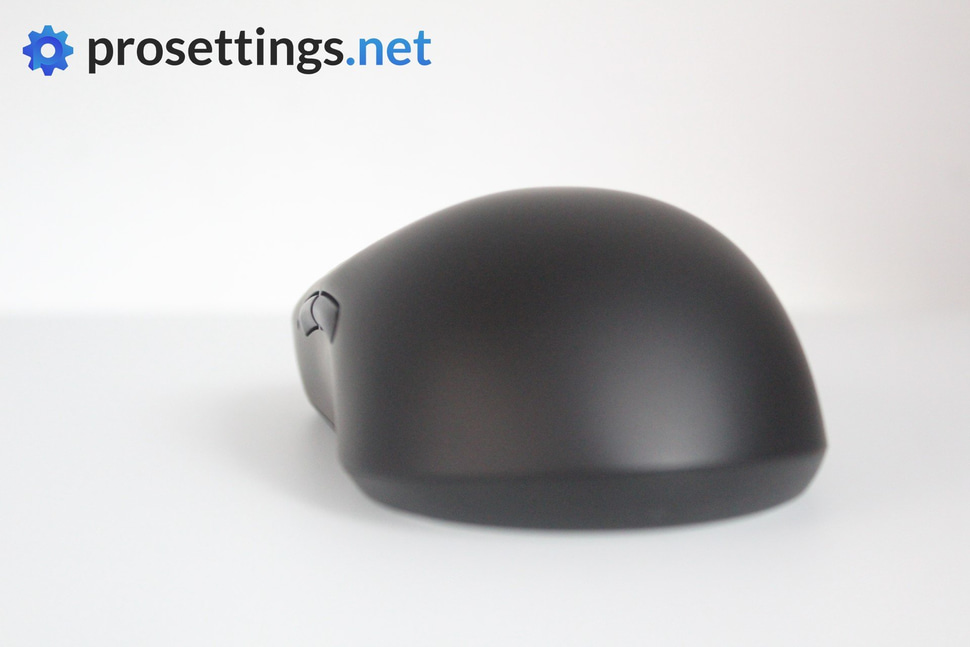
Software
Pulsar has software for their mice, and while this is completely optional in most cases you do need to download a pairing program if you want to connect your mouse to the optional 4KHz dongle. This pairing process is a little confusing, and I found switching between the included 1KHz dongle and the optional 4KHz dongle to be a bit of a pain in the backside. I only had this issue because I tested multiple Pulsar mice with the same optional dongle, however. Most consumers will probably just have to pair their mouse once and be done with it, so this is a niche complaint.
The mouse configuration software itself (called ‘Pulsar Fusion’) is straightforward and easy to use. You can adjust the debounce time, toggle Motion Sync, record macros, change the polling rate, … Pretty much anything you want to possibly configure on a gaming mouse can be configured in Pulsar Fusion.
It’s not the prettiest looking piece of software I’ve ever seen, but it gets the job done.
Battery Life
Previous Pulsar mice apparently had issues with their batteries for some people, but I didn’t encounter any problems with the X2H. I am someone who plugs in my wireless mice every couple of days (basically whenever I think ‘might want to give the mouse some extra juice’) without really looking at the battery level and I had no issues with the mouse running out during my testing.
Obviously, going for a 4KHz polling rate will cut down on the battery life drastically, so I would recommend charging it up at least every two days if you’re going to play at 4000Hz just to be sure.
If you happen to run out of power you can use the X2H while charging it with the included cable. This is a flexible and light cable that doesn’t get annoying if you have to use it in a pinch, so that’s always a bonus.
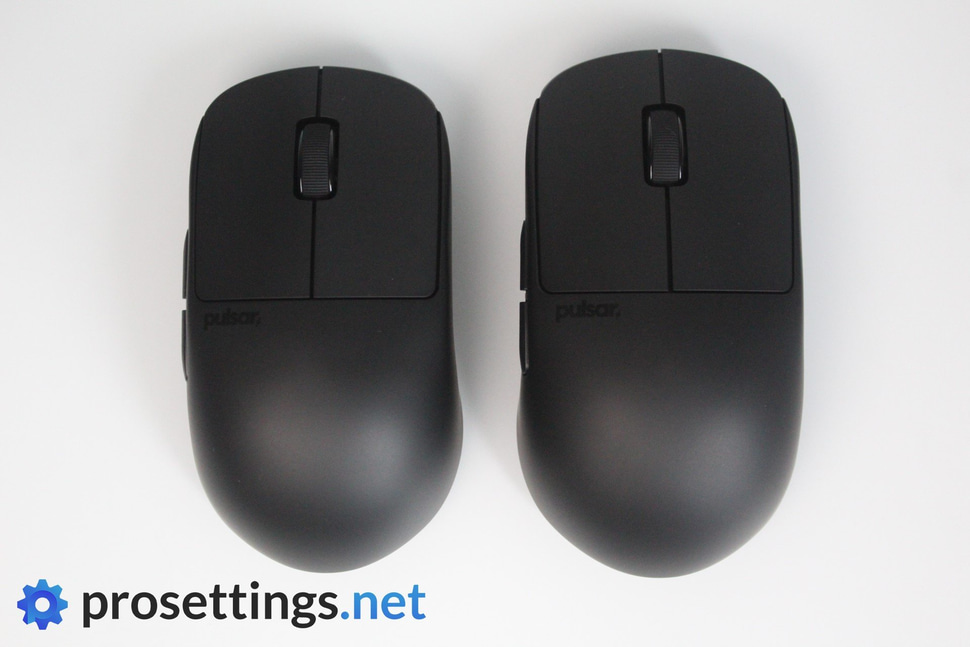
Alternatives
For a similar locked in feeling, you could try out the Endgame Gear XM1r. That one feels a lot wider and bulkier in the hand to me, but the overall feeling when gaming does strike me as kind of similar. The Corsair MM712 is a mouse with a shape that reminds me of the X2H, though I don’t have any personal experience with that one. The ZOWIE ZA line is another line of mice you could look at if you like this type of shape.
Do note that these mice are just similar-ish alternatives. The X2H is a shape of its own so there are no 1:1 copies of it on the market right now that I’m aware of. I’m mainly listing alternatives that could give you a similar type of feeling when using them, not 1 for 1 replacements for the X2H.
Conclusion
The Pulsar X2H is a great mouse on paper, but the execution falls short. I am aware that some of the issues that I’ve listed in this review are QC issues, but as a reviewer I can obviously only review what’s in front of me.
When it comes to its overall performance this is up there with the best gaming mice on the market, but if you like the idea of the X2H I would recommend you to thoroughly check your copy for QC issues. My regular size unit has a couple, and it’s enough to influence the overall gaming experience for me. The Mini is less egregious on this front, but things like the subpar feeling switches seem to be universal between both versions.
With that aside, the Pulsar X2H is a great claw gaming mouse. If you’re looking for something with a noticeable and sudden hump towards the back and a narrow grip section, this could be it for you. It has all the latest and greatest tech so if you can look past some of the possible QC issues, it’s a really solid performer.
You can learn more about the Pulsar X2H on Pulsar’s website.
This product was received for free from the manufacturer and given to our reviewer to test and review. Brands and manufacturers have no editorial control over our reviews. For more information, check out our review FAQ.




